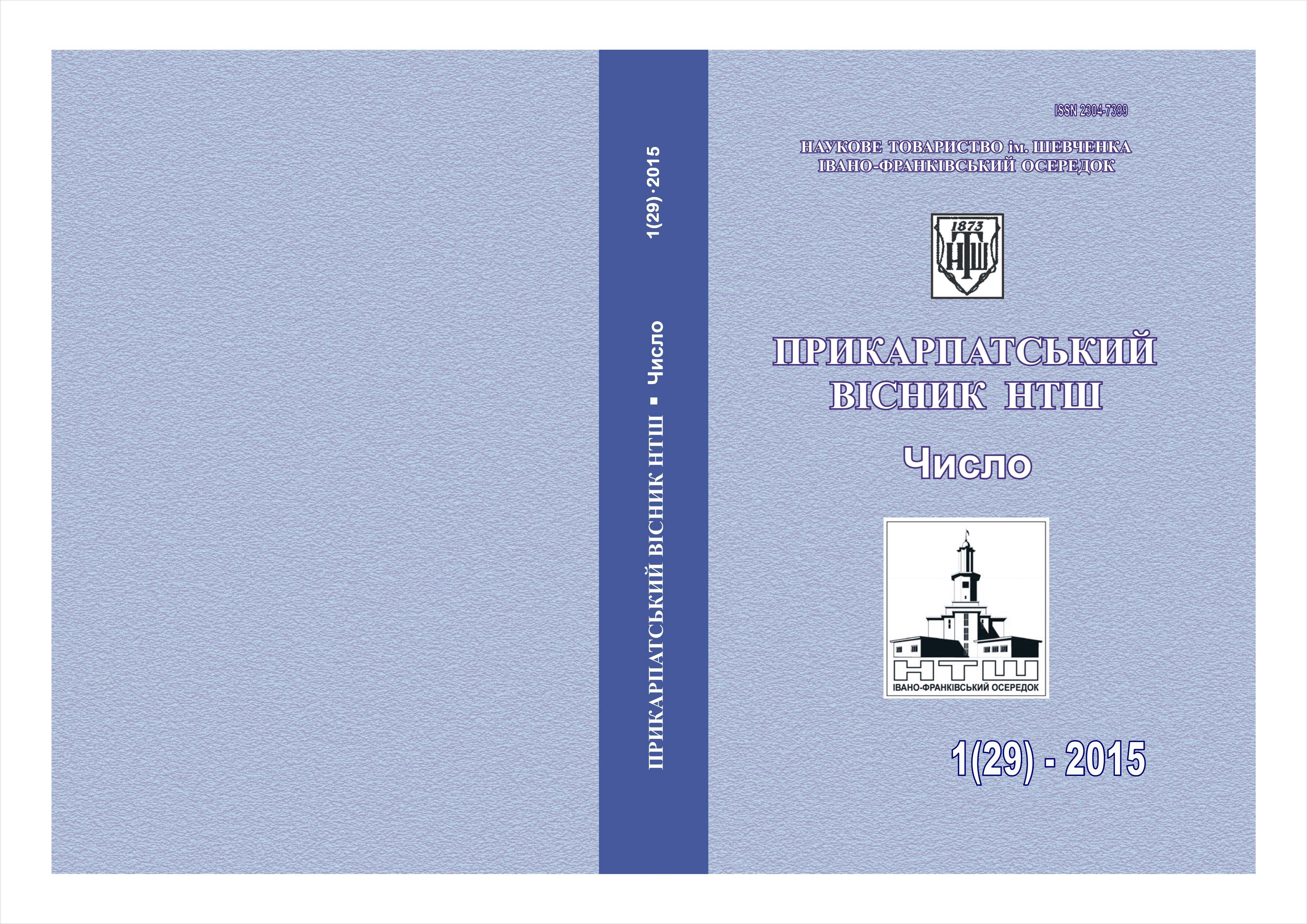ANALYSIS OF BASIC APPROACHES TO AUTHENTICATION OBJECTS OF LARGE ENERGY
Keywords:
steam, gas cycle of electricity generation, steam and gas turbines, differential equations with partial derivatives, dynamic character- istics, transfer function, Laplace image transform , cyclone precombustor.Abstract
In the paper possible approaches to mathematical modelling of great power objects are analysed, which include burning chambers, steam generators, steam superheaters, heat exchangers, steam and gas turbines, electric generators and a lot of other auxiliary equipment. The mathematical description of the processes taking place in these devices is complicated due to their non-stationarity and huge geometric dimensions of devices which change in time and space because of significant changes in temperature.
When steam and gas cycles are combined in combined steam and gas turbine power plant, use of differential equations with partial derivatives makes
formula expressions, which may compose a mathematical model of technological process chain of electrical energy generation, even more complicated. The situation gets even more complicated when combustion products of solid fuel are used, especially of coal, for creation of working gaseous fluid. Meanwhile, two-stage fuel combustion is implemented using an additional technological device – cyclone precombustor, with a flow of nitrogenenriched air circulating through its cooling jacket. The use of such expressions for optimization of parameters of combined steam and gas turbine power plant and its operational modes in order to improve manoeuvrability characteristics and reduce harmful emissions into the atmosphere does not provide a simple and convenient final calculation formula. The easiest way of achieving the set goal is only possible when transfer functions are used as Laplacian images for description of the dynamic characteristics of great power objects. A formula of generalized transfer function of a combined steam and gas turbine power plant, as an object of automatic control system is received.
References
2. Льюнг Ленарт. Идентификация систем. Теория для пользователя Ленарт Льюнг. – М.: Наука, 1991. – 432 с.
3. Остапенко Ю.О. Ідентифікація та моделювання технологічних об’єктів керування. Підручник для студентів вищих закладів освіти що навчаються за напрямком “Автоматизація та комп’терно-інтегровані технології” / Ю.О. Остапенко. – К.: Задруга, 1999. – 424 с.
4. Стенцель Й.І. Математичне моделювання технологічних об’єктів керування: Навч. посібник / Й.І. Стенцель. – К.: ІСДО, 1993. – 328 с.
5. Андрющенко А.И. Парогазовые установки электростанций / А.И. Андрющенко, В.Н. Лапшов. – Л.: Энергия, 1965. – 245 с.
6. Андрющенко А.И. Основы термодинамики циклов теплоэнергетических установок / А.И. Андрющенко. – М.: Высшая школа, 1985. – 318 с.
7. Андрющенко А.И. Оптимизация режимов работы и параметров тепловых электростанций / А.И. Андрющенко, Р.З. Аминов. – М.: Высшая школа, 1983. – 255 с.
8. Серов Е.П. Динамика парогенераторов / Е.П. Серов, Б.П. Корольков. – М.: Энергия, 1972. – 418 с.
9. Плетнев Г.П. Автоматическое регулирование и защита теплоэнергетических установок электрических станций / Г.П. Плетнев. – М.: Энергия, 1976. – 423 с.
10. Плетнев Г.П. Автоматическое управление и защита теплоэнергетических установок электростанций / Г.П. Плетнев. – М.: Энергоатомиздат, 1986. – 344 с.
11. Плетнев Г.П. Автоматизированное управление объектами тепловых электростанций / Г.П. Плетнев. – М., 1981. – 368 с.
12. Семчук Я.М. Екологічні та техніко-економічні аспекти спільної роботи парогазотурбінних енергетичних установок / Я.М. Семчук, М.П. Кулик // Всеукраїнський науково-технічний журнал “Нафтогазова енергетика”. – 2008. – No1(6). – С. 65-68.
13. Кулик М.П. Підвищення ефективності роботи комбінованих енергетичних установок та зменшення екологічного забруднення навколишнього середовища / М.П. Кулик // Вісник Вінницького політехнічного інституту. – 2006. – No5. – С. 53-59.
14. Кулик М.П. Підвищення екологічної безпеки теплових електростанцій / М.П. Кулик // Праці Одеського політехнічного університету. – 2013. – No3(42). – С. 94-98.


